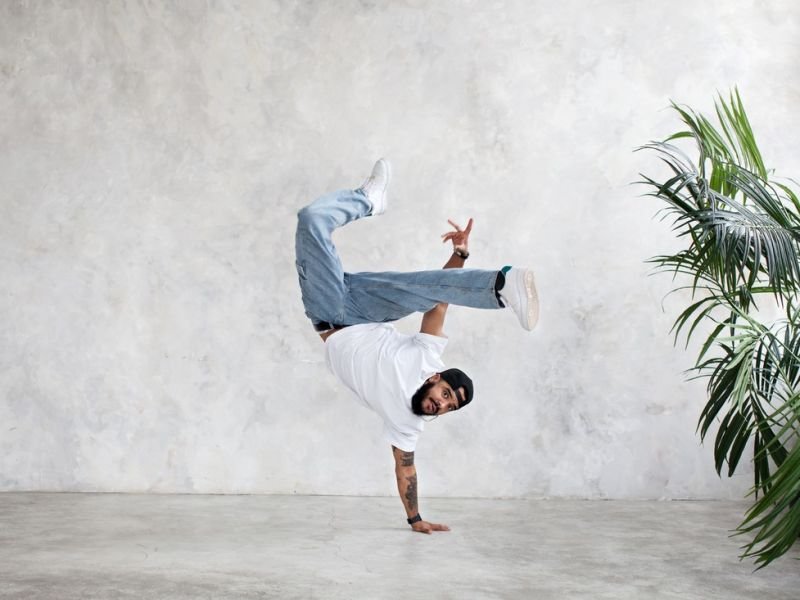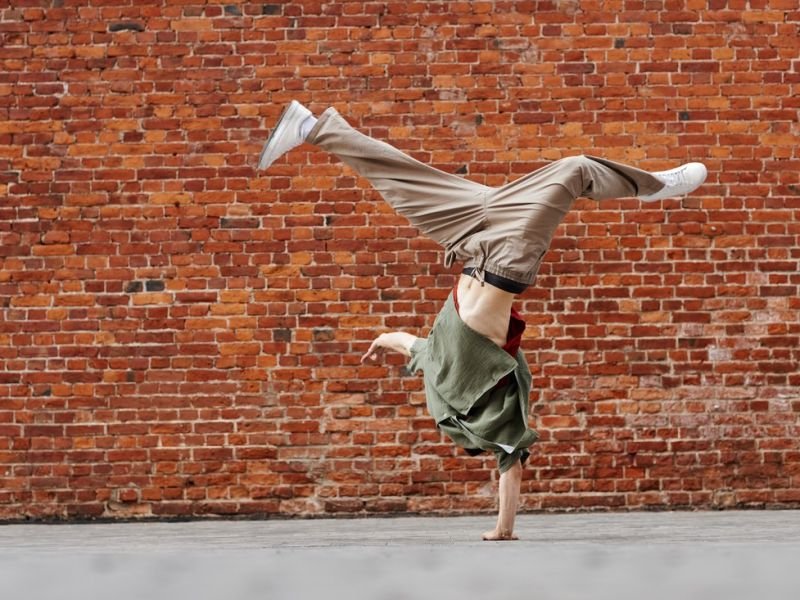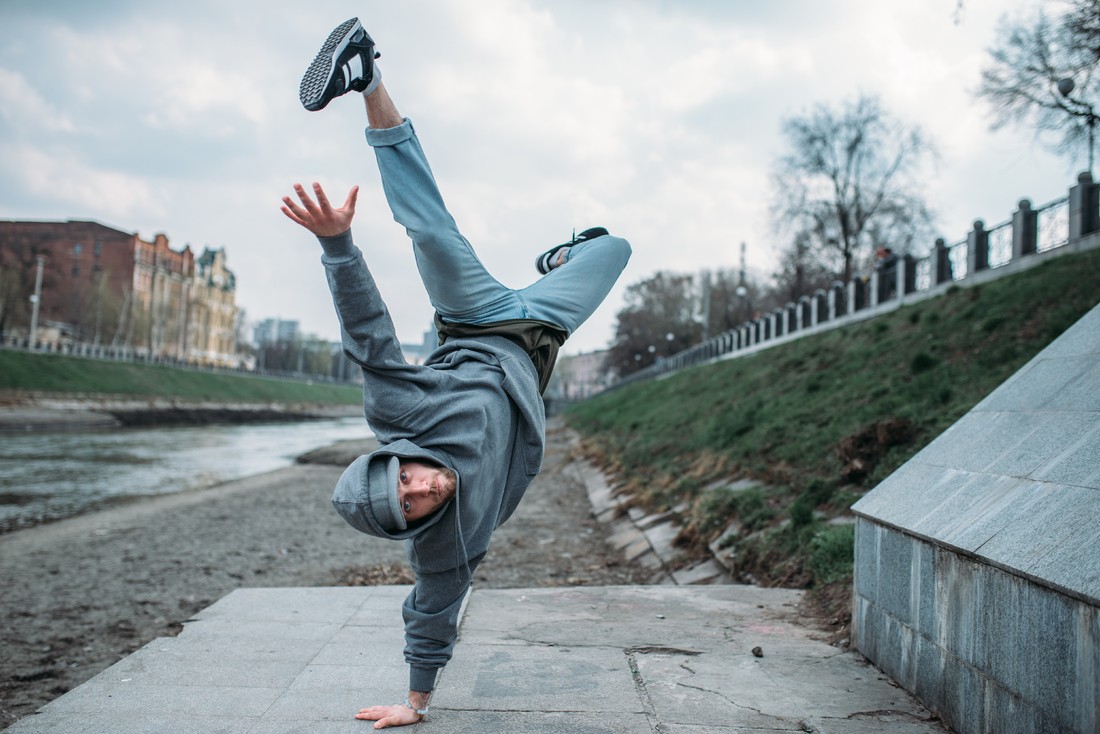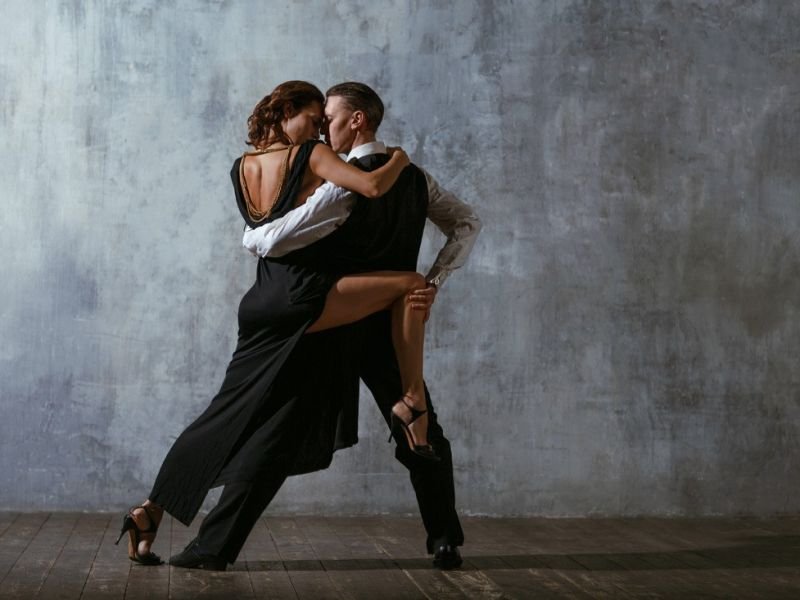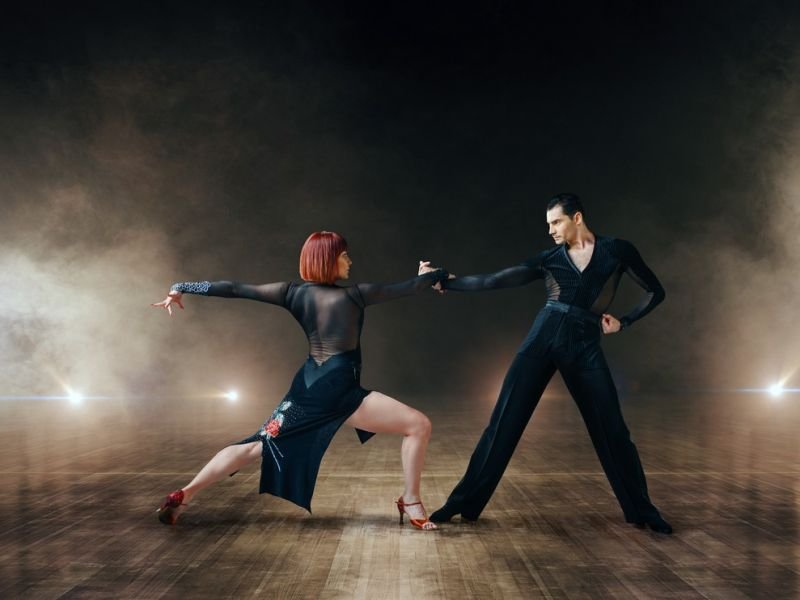Introduction
Contemporary dance is a captivating art form that combines various movement techniques, creative expressions, and choreographic styles. It has gained immense popularity among dance enthusiasts and audiences worldwide. This article delves into the world of contemporary dance, exploring its origins, styles, impact on the dance community, and the exciting opportunities it offers for both performers and spectators.
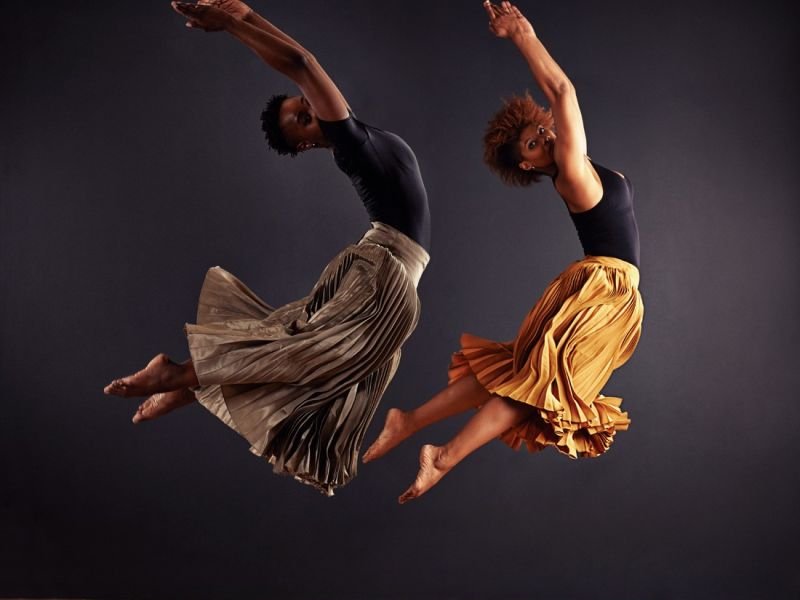
The Origins of Contemporary Dance
Contemporary dance emerged during the mid-twentieth century as a response to the rigid structure of classical ballet. Influenced by various dance forms, such as modern dance and jazz, it aimed to break free from traditional ballet techniques and explore new possibilities of movement and expression. Dancers and choreographers began experimenting with different styles, improvisation, and unconventional movements, which led to the birth of contemporary dance as a distinct art form.
The Diverse Styles of Contemporary Dance
Contemporary dance encompasses a wide range of styles, each with its unique characteristics and influences. Some popular contemporary dance styles include:
- Modern Dance: This style emphasizes the emotional and expressive aspects of dance, focusing on individual interpretations and personal storytelling.
- Release Technique: Developed by choreographer Lester Horton, this technique emphasizes the release of tension and gravity, allowing for fluid movements and organic flow.
- Graham Technique: Created by Martha Graham, this technique focuses on the contraction and release of muscles, exploring themes of struggle, passion, and human emotions.
- Contact Improvisation: This style emphasizes the communication and physical connection between dancers through shared weight and improvised movements.
Exploring Choreographic Approaches
Contemporary dance encourages dancers and choreographers to explore innovative and diverse choreographic approaches. It provides a platform for artists to experiment with movement, space, rhythm, and storytelling. Some choreographers incorporate multimedia elements, such as video projections and live music, while others focus on minimalistic and abstract compositions. The freedom and openness of contemporary dance allow for endless possibilities and creative expressions.
Expressing Artistic Voices
Contemporary dance celebrates individuality and encourages dancers to express their unique artistic voices. It values authenticity and personal interpretations of movement, allowing dancers to connect with their emotions and communicate profound messages through dance. Contemporary dancers often draw inspiration from personal experiences, social issues, and the world around them, making their performances deeply personal and thought-provoking.
Witnessing Mesmerizing Performances
One of the highlights of contemporary dance is the opportunity to witness mesmerizing performances by talented dancers and renowned dance companies. Whether it’s a solo performance or a group production, contemporary dance captivates audiences with its grace, athleticism, and emotive storytelling. The combination of intricate choreography, powerful music, and skilled execution creates an unforgettable experience for spectators.
The Contemporary Dance Community
The contemporary dance community is a vibrant and passionate group of dancers, choreographers, educators, and enthusiasts. It provides a supportive environment for artists to connect, collaborate, and share their love for dance. Within the community, dancers can discover dance schools, companies, workshops, and events that further their education and artistic growth. The sense of belonging and camaraderie within the contemporary dance community fosters creativity and encourages dancers to push boundaries.
Competes: A Platform for Contemporary Dance Enthusiasts
Competes is a platform dedicated to contemporary dance enthusiasts. It offers a space for dancers to submit videos, gain fans, and build a following. The platform’s wide range of dance styles caters to dancers of all backgrounds and experience levels. It also provides technical resources and tutorials to help dancers master the technical aspects of contemporary dance. Through Competes, dancers can connect with the contemporary dance community, discover schools, companies, and events, and showcase their talent to a global audience.
Conclusion
Contemporary dance is a captivating blend of movement and grace that enthralls audiences with its diverse styles, innovative choreography, and deeply expressive performances. It allows dancers to explore their artistic voices, connect with the contemporary dance community, and showcase their talent on platforms like Competes. Whether you’re a dance enthusiast or a performer, contemporary dance offers endless possibilities for creativity, self-expression, and artistic growth.


